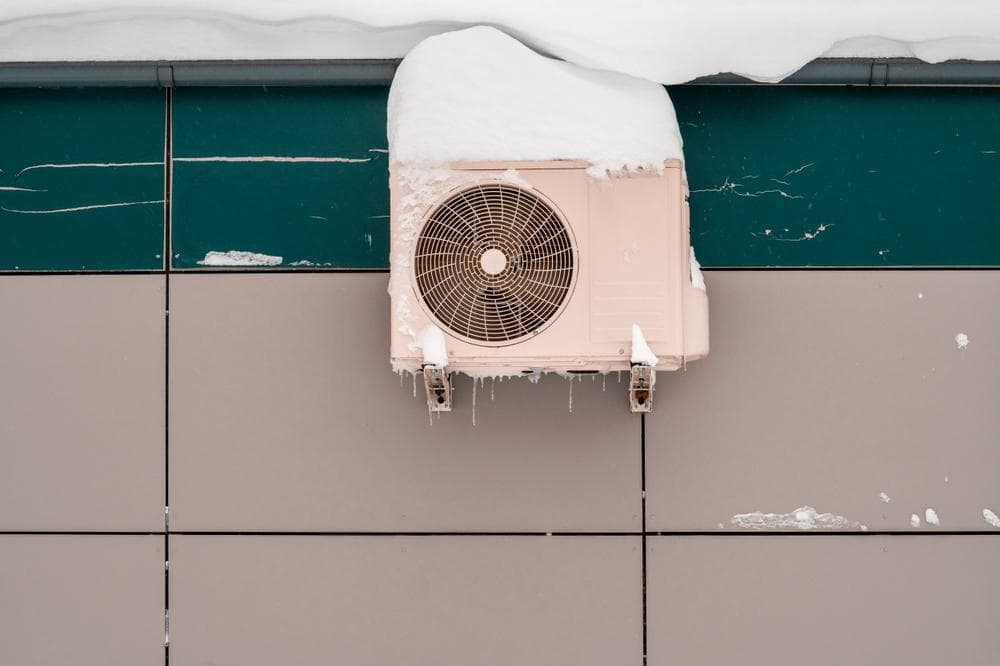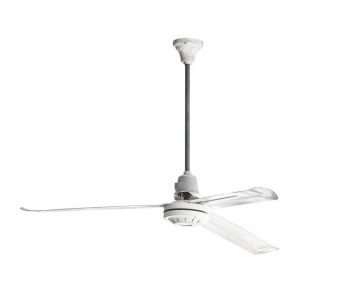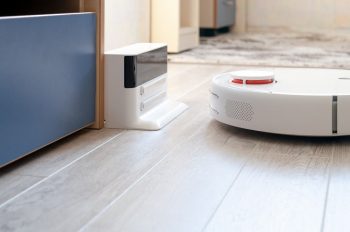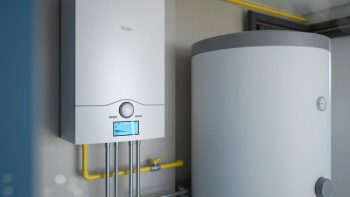
The Seasonal Energy Efficiency Ratio (SEER) is a critical factor to consider when purchasing a Carrier air conditioner. It measures the energy efficiency of your air conditioning unit, which can significantly impact your energy consumption and, subsequently, your monthly utility bills. But what exactly is a SEER rating, and how can you determine the SEER rating of your Carrier air conditioner? This comprehensive guide will answer these questions and more, providing you with all the information you need to understand and calculate your Carrier air conditioner’s SEER rating.
The SEER rating of your Carrier air conditioner can be found in a few ways. You can look for the “EnergyGuide” sticker on the unit, check the model number on the data plate, contact the manufacturer or a dealer with the model and serial number, or search for product literature on Carrier’s website. Carrier air conditioners typically have SEER ratings ranging from 13 to 26.
Understanding the SEER Rating
The SEER, or Seasonal Energy Efficiency Ratio, is a measure of an air conditioning unit’s energy efficiency. It’s calculated by dividing the cooling output of the system during a typical cooling season by the total electric energy input in the same period. The cooling output is measured in British Thermal Units (BTUs), while the power input is measured in watts.
A higher SEER rating means the system is more energy-efficient. For instance, an air conditioner with a SEER rating of 18 is more energy-efficient than one with a SEER rating of 14.
The U.S. Department of Energy and the Air Conditioning, Heating, & Refrigeration Institute created the SEER measurement to standardize efficiency ratings across the industry. It helps consumers compare different air conditioning units when choosing a new system.
Determining the SEER Rating of Your Carrier Air Conditioner
Carrier offers a range of air conditioners with SEER ratings varying from 13 to 26. To find the specific SEER rating of your Carrier air conditioner, you can:
- Look for the yellow and black “EnergyGuide” sticker on the side of the cooling system. This sticker will display the SEER rating.
- Check the model number on the data plate. Some manufacturers include the SEER rating at the beginning of the model number.
- Locate the model and serial number of the unit and contact the manufacturer or a local dealer to ask for the SEER rating for that specific unit.
- Search for product literature on Carrier’s website by entering the model number.
Impact of SEER Rating on Energy Consumption and Savings
A higher SEER rating can lead to significant energy savings over time. For example, a 16 SEER unit uses about 13% less energy than a 14 SEER unit. In a comparison between a 3-ton, 8 SEER air conditioner and a 3-ton, 16 SEER unit, you would save $661 per year with the higher SEER unit.
However, the definition of a good SEER rating varies depending on individual preferences, with some prioritizing efficiency (SEER 17 or higher) and others prioritizing affordability (SEER 14 or 15).
Factors Impacting the SEER Rating
Several factors can impact the SEER rating of a Carrier air conditioner, affecting its overall energy efficiency. These include:
- Compressor Technology: Variable-speed compressors can adjust their output according to the cooling demand, leading to more efficient operation and higher SEER ratings.
- Installation Quality: Poor installation can make a high SEER system work harder (and use more energy) than its rating implies.
- Ductwork: Undersized or poorly designed ductwork can also affect the efficiency of an air conditioner, potentially reducing its SEER rating.
- Home Factors: Factors such as insulation, windows, size of the home, and the local climate can impact the overall efficiency of an air conditioner, regardless of its SEER rating.
- Maintenance: Regular maintenance can help maintain the efficiency of an air conditioner and ensure it operates at its maximum SEER rating.
Conclusion
Understanding the SEER rating of your Carrier air conditioner can help you make informed decisions about your home’s cooling system. A higher SEER rating means the system is more energy-efficient, which can save you money on your utility bills over time. By considering factors such as compressor technology, installation quality, ductwork, and home factors, you can choose an air conditioner that meets your energy efficiency expectations and suits your individual needs.
Frequently Asked Questions
What is the minimum SEER rating for new air conditioners?
As of 2015, the U.S. Department of Energy requires all new central air conditioning units to have a SEER rating of 13 or higher.
How often should I maintain my Carrier air conditioner to keep its SEER rating high?
It’s recommended to have your Carrier air conditioner serviced at least once a year. Regular maintenance includes cleaning the coils, checking the refrigerant level, and ensuring all parts are functioning properly.
Does a higher SEER rating mean the air conditioner will cool my home faster?
Not necessarily. The SEER rating measures energy efficiency, not the speed of cooling. An air conditioner with a higher SEER rating will use less energy to cool your home, but it may not do so faster than a unit with a lower SEER rating.
Can I increase the SEER rating of my existing air conditioner?
While you can’t technically increase the SEER rating of an existing unit, you can improve its efficiency through regular maintenance, improving your home’s insulation, and ensuring your ductwork is properly designed and installed.
Is a higher SEER rating more important than the brand of the air conditioner?
Both the SEER rating and the brand are important factors to consider when purchasing an air conditioner. A reputable brand like Carrier is likely to offer high-quality, reliable products. However, within a particular brand, choosing a model with a higher SEER rating will provide greater energy efficiency.












